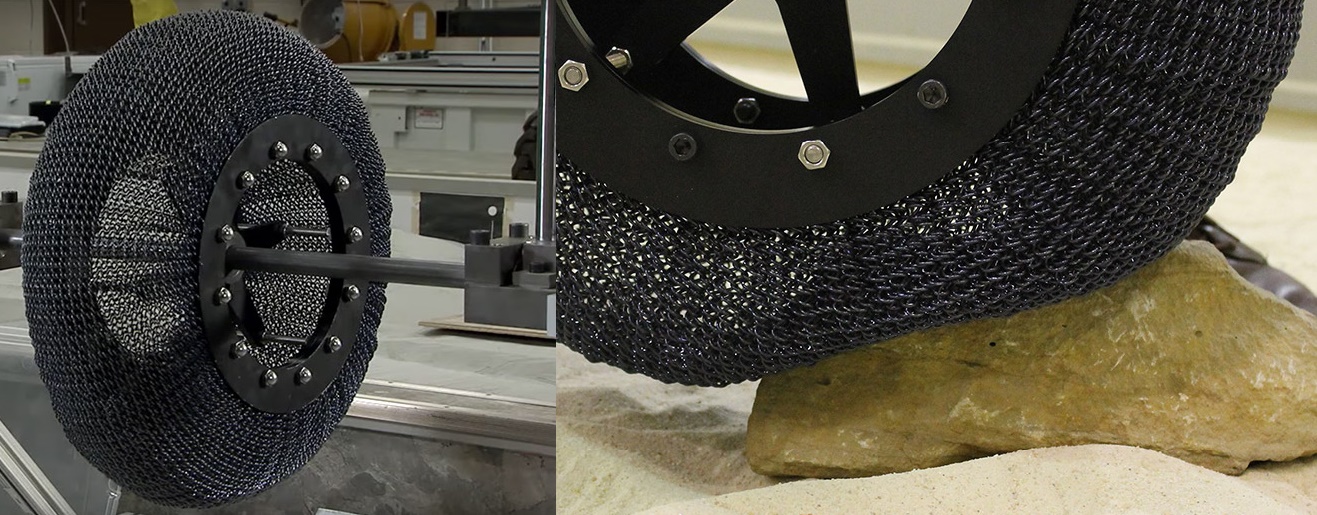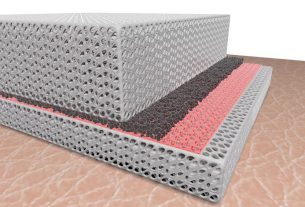The Mars Curiosity rover has been a big hit, but NASA’s modern technology could not save its tires from the harsh conditions of the Mars. For future missions, the agency has gone back to the age of knights. based on the chainmail armor principals, the “Superelastic” tires will face up to higher deformation rather than any other non-pneumatic tire. At the same time, they could potentially withstand extraplanetary abuse and provide better traction for next-generation rovers.
It’s not just the chainmail-style configuration that makes the tires work, though. they are also designed from alloys like nickel-titanium (NiTi) which will deform up to 10 % deformation without losing their shape. “The use of a NiTi shape memory alloy yield a superelastic tire that’s virtually impervious to plastic deformation,” according to the team at NASA’s Glenn research center.
The tires probably will not be on the next Mars rover but could notice their way to future designs, including crewed exploration vehicles. they might even be helpful here on Earth. “The Superelastic tire offers traction equal or superior to conventional pneumatic tires and eliminates the possibility of puncture failures, thereby up automobile safety,” NASA said.




